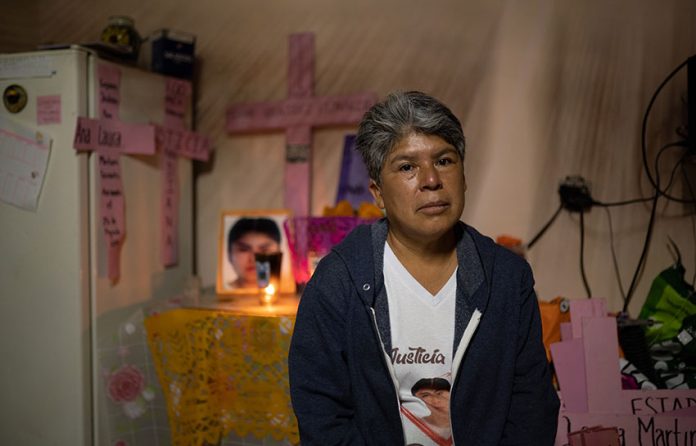“I still can’t bring myself to put her favorite things on the altar. It’s too painful to accept that she is gone. I can’t let myself believe it.”
Lidia Florencio stands in her home in Chimalhuacán just outside of Mexico City, tears filling her eyes as she looks at the altar she has prepared to honor her daughter, Diana Velázquez Florencio, in the Mexican tradition of Day of the Dead.
Three years have passed since the day her daughter left the house to make a phone call and never came home. That evening, Lidia and her family realized almost immediately that something was wrong. Along with a specialized unit that helps search for missing people, they scoured the city for signs, but none were found.
Hours later, someone picked up Diana’s phone. They said they’d just bought it at the local market.
The grief experienced by family and friends processing the loss of “disappeared” or missing people is said by some psychologists to be one of the worst forms of emotional pain, even worse than the pain of losing of a loved one to suicide.
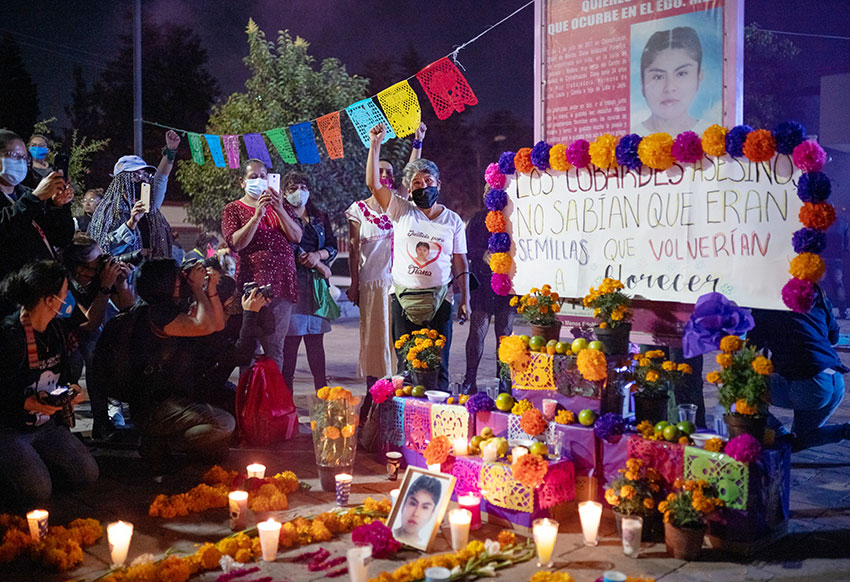
After Diana’s phone was identified, Lidia knew that something had happened to her daughter, but still had hope that she might be alive. She says that the idea that her daughter could be suffering somewhere haunted her constantly.
Lidia was not alone in this experience. As of July 2020, there were more than 73,000 disappearances registered by Mexico’s National Search Commission, and the numbers show an upward trend over recent years.
Human trafficking, gender-based violence, the activities of organized crime groups, and repression of activism are some of the many potential causes of forced disappearance in Mexico. With such a high number of unresolved cases, however, the data on this human rights crisis remains incomplete.
Five days after her daughter’s disappearance, Lidia received a call that her body had been found. “They didn’t just kill my daughter. They killed her, they raped her and they left her in the street, and they went to bed and went on with their lives. I can’t resign myself to it. That I couldn’t hug her again. That a bag arrived and they said she was inside it. It fills you with so much pain, so much anger and desperation. But I guess I have to accept that she’s gone.”
Many people with disappeared loved ones are never able to get closure. The question of where their family members or friends might be can loom for years — and there is good reason not to lose hope, since many missing people in Mexico have been rescued years after their disappearance. Some people describe the emotional effect of spending years searching for answers as a feeling of being suspended in time.
Diana Fidelia, an actor from Mexico City, has been searching for her brother Ricardo Flores Palacios for 15 years. When he went away for a soccer trip to Durango, her family never thought it would be the last time they would see him. During that trip, she received a phone call from him that surprised her, since he didn’t usually call. It was the last time she heard from him.
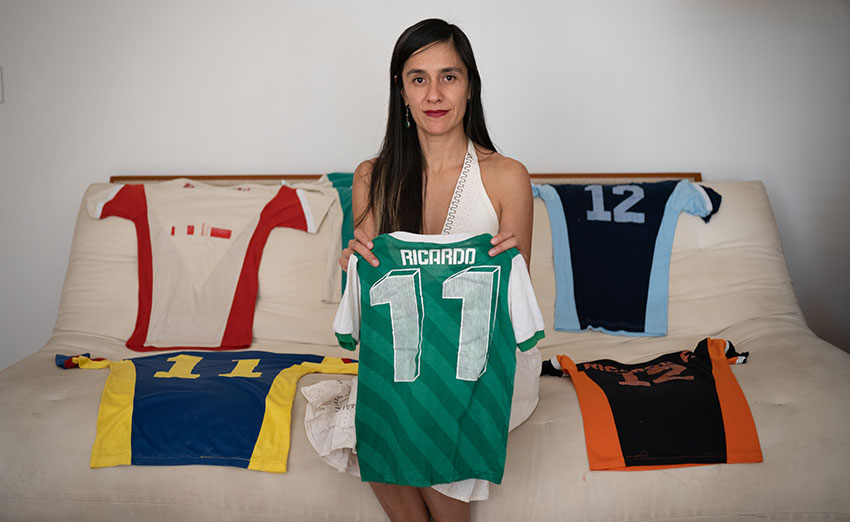
With the passing of the years, she has come to understand that call as a goodbye. When time passed after the phone call and she and her family didn’t hear from Ricardo, Diana says she began to enter into desperation. “I still had the number he’d called me from saved in the call log of my phone. I called him obsessively. I think I called more than 200 times every day.
There was also a time period when I was checking the newspaper of Durango every day, and checking the page of the morgue with the bodies of the people who have died, to see if he was there.”
Over the years, Diana has gone through a long process of healing, and she even created a theatrical performance about her brother’s disappearance. Now, 15 years later, she has accepted the uncertainty as a part of her life, although it is still painful. “It’s very difficult to have a brother whom you love, and not know what happened, where he is, or what they might have done to him.”
She and her family prefer not to give any significance to the Day of the Dead, since they still don’t know where her brother might be. Instead, Diana reflects on her memories and preserves her brother’s belongings and articles of clothing as a way of keeping his presence in her life despite his physical absence.
“It’s another kind of altar,” she says with a small smile. “It is important for me to keep him here in my memory, although we don’t know what happened. It’s important to talk about him, because if we are quiet, I think that silence is death. So it’s better to talk and to share. In the midst of all of this pain, we hope that wherever my brother is, he is all right.”
Dealing with the disappearance of a family member is a personal process, and no two stories or reactions will be the same. For Diana, her art is her way of processing and sharing this experience with the public. Lidia chooses to focus on political activism. She says that the capacity of law enforcement needs to be strengthened in order to locate disappeared people and bring criminals to justice.
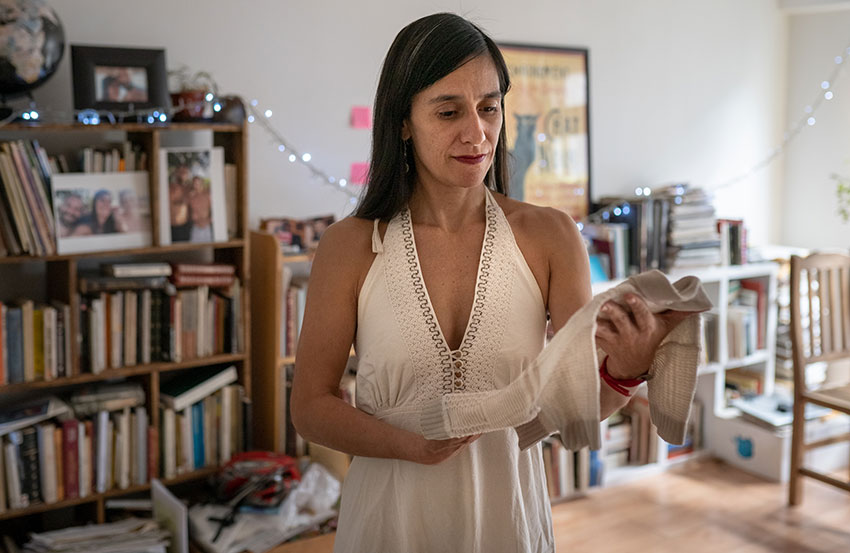
Although Lidia’s daughter’s body has been found, she feels that justice has not been served. She also emphasizes that femicide, or the gender-based killing of a woman or girl by a man, as in her daughter’s case, is one frequent cause of disappearances that needs to be addressed in Mexico.
“Two men assaulted my daughter, but only one is in jail. I never stop thinking about how we can make sure that the authorities work against this kind of murder, because we never felt that they gave my daughter’s murder any importance.”
She feels that more work needs to be done so that disappearances don’t happen in the first place. “We are becoming conscious that there is a lot of violence taking place, and we need to take to the streets and speak out against it.”
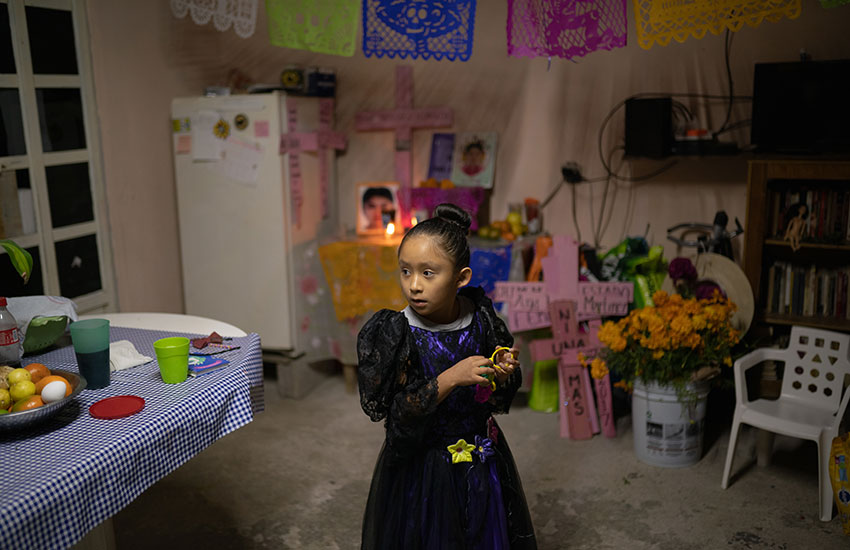
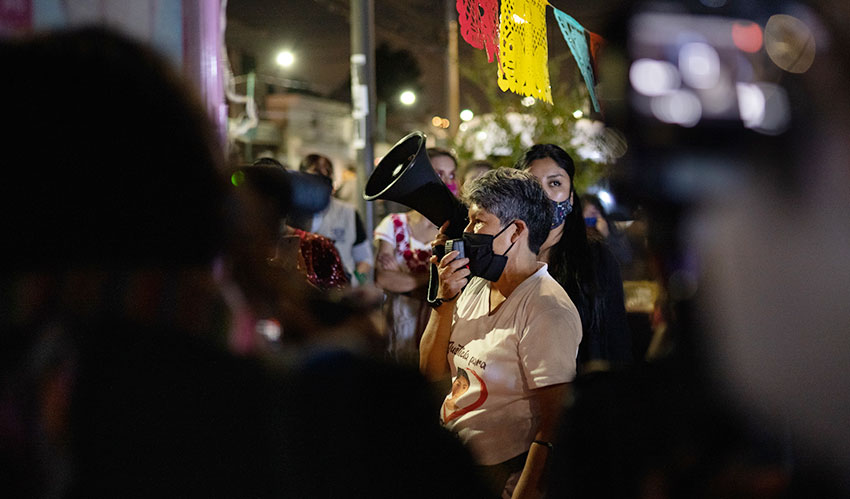
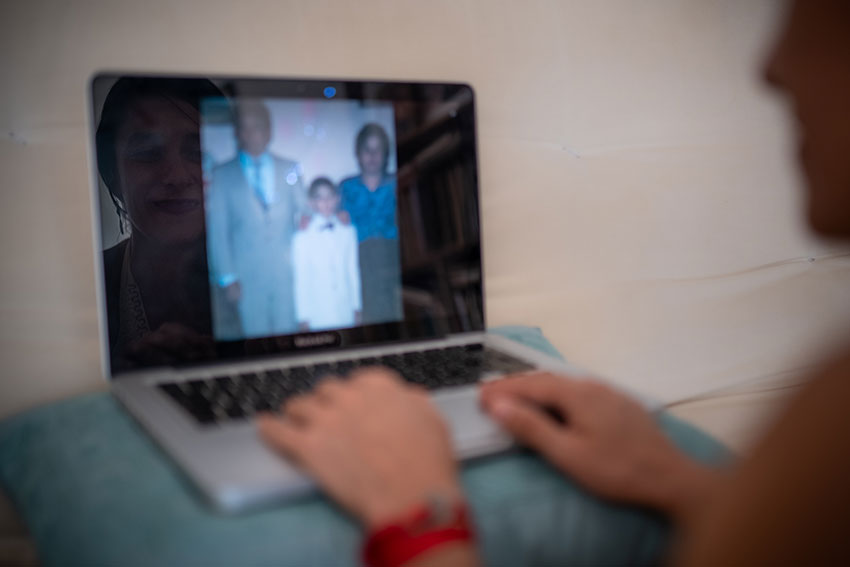
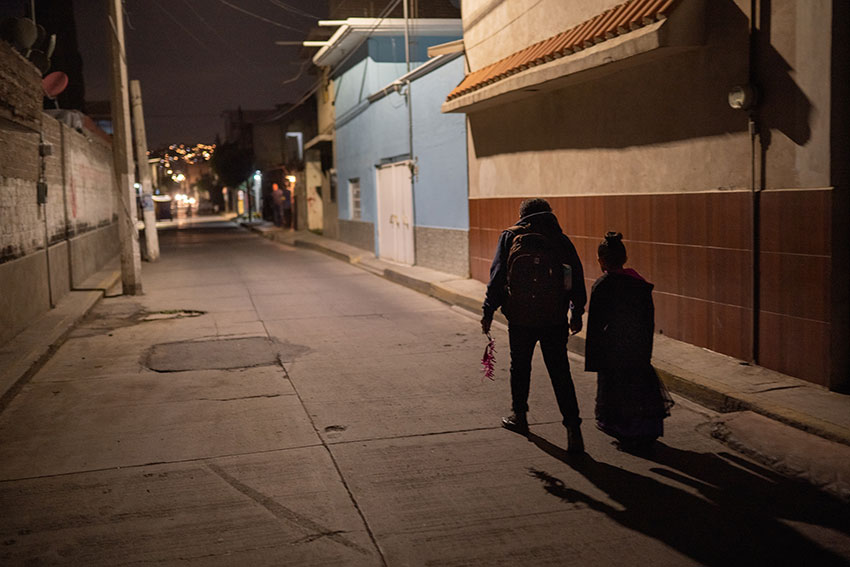
Mexico News Daily
